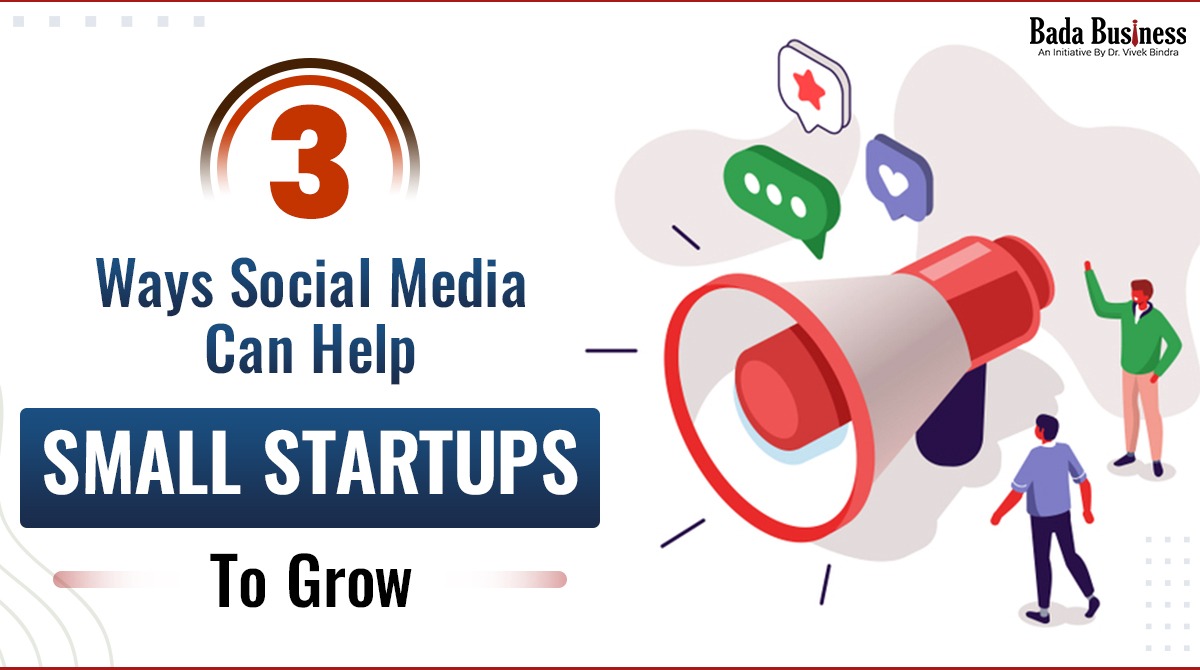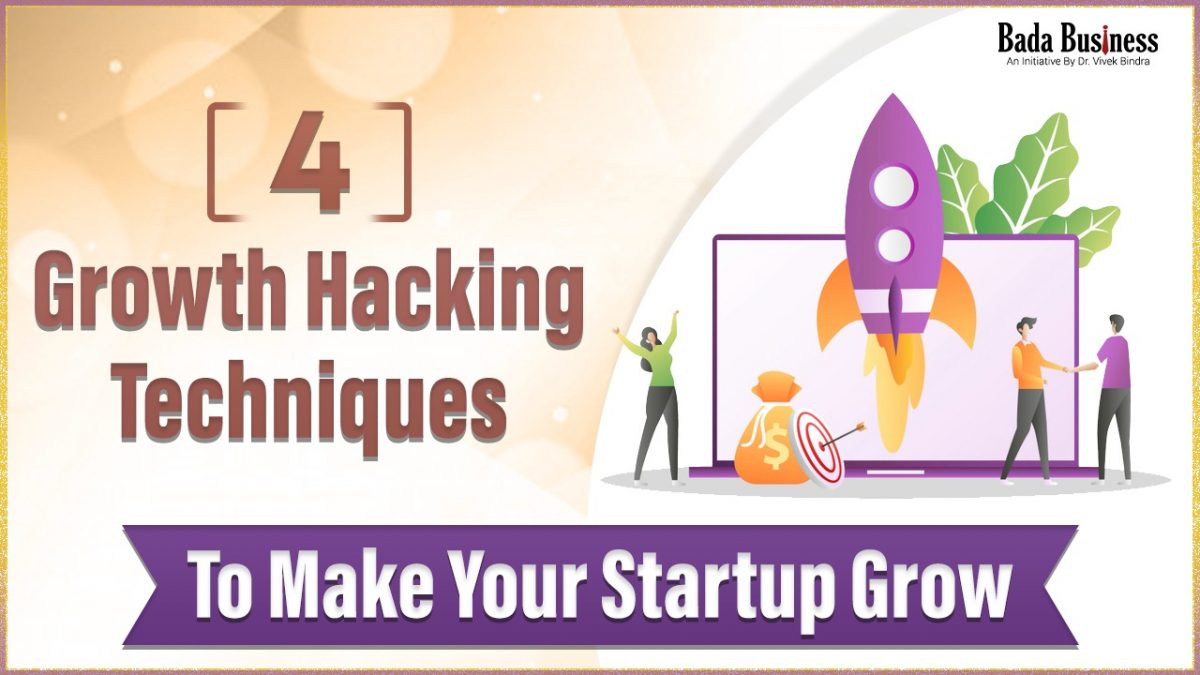Today’s business world is more dynamic than ever. In this environment, having a clear business strategy is not just an advantage—it’s a necessity. Companies need to be proactive, adaptive, and strategic to stay ahead of competitors and succeed.
But what exactly is business strategy, and why does it matter?
In this blog, we’ll explore the fundamentals of business strategy, its types, components, and why it’s essential for growth and long-term success.
What is Business Strategy?
A business strategy is a well-planned approach outlining how a company will reach its long-term goals.
It sets the company’s direction and aligns resources and efforts towards success. Unlike tactics, which are short-term actions, business strategy provides a big-picture view that shapes the company’s future.
Key Elements of Business Strategy
Key elements of a business strategy form the foundation for guiding a company’s growth, competitiveness, and overall direction.
Here’s a look at the essential components:
1. Vision and Mission Statements
- Vision: A future-oriented declaration that defines what the company aspires to become.
- Mission: A statement that explains the company’s purpose, what it does, and who it serves.
- Importance: Vision and mission statements provide a clear purpose, inspiring employees and stakeholders while guiding strategic planning and decision-making.
2. Core Values
- Definition: The fundamental beliefs and principles that guide a company’s culture and behavior.
- Importance: Core values help shape the company’s identity, influence employee behavior, and establish an ethical foundation for decision-making and interactions with stakeholders.
3. Objectives and Goals
- Objectives: Broad, high-level goals that define what the company aims to achieve in alignment with its mission and vision.
- Goals: Specific, measurable, and time-bound targets that support the overarching objectives.
- Importance: Objectives and goals provide focus, clarify priorities, and serve as benchmarks for measuring progress and success.
4. Competitive Advantage
- Definition: The unique edge that differentiates the company from its competitors and adds value to its customers.
- Examples: Cost leadership, product differentiation, superior customer service, or technological innovation.
- Importance: A strong competitive advantage enables a company to attract and retain customers, increase market share, and achieve profitability.
5. Strategic Initiatives
- Definition: Specific projects, programs, or actions that support the achievement of strategic goals.
- Importance: Strategic initiatives are the actionable steps that translate the strategy into reality, allowing the company to implement and make progress toward its objectives.
6. Resource Allocation
- Definition: The distribution of financial, human, and physical resources across various strategic initiatives and operations.
- Importance: Effective resource allocation ensures that essential functions are well-supported, promotes efficiency, and allows for optimal investment in areas with the highest potential for growth and return.
7. Performance Measurement (KPIs)
- Definition: Key Performance Indicators (KPIs) are metrics used to evaluate the success and impact of strategic initiatives.
- Importance: KPIs provide quantitative data for tracking progress, enabling timely adjustments and accountability to achieve objectives.
8. Risk Management
- Definition: Identifying, analysing, and mitigating potential risks that could impact the company’s strategic goals.
- Importance: Effective risk management prepares the company to handle uncertainties, minimising negative impacts on operations and financial health.
9. Growth Strategy
- Definition: The approach for expanding the company’s market presence, customer base, and product or service offerings.
- Examples: Market penetration, diversification, product development, and partnerships.
- Importance: A clear growth strategy outlines the pathways for scaling the business, which is essential for long-term sustainability and competitiveness.
10. Feedback and Adaptability
- Definition: Mechanisms for gathering insights, monitoring external factors, and adjusting the strategy as needed.
- Importance: In today’s fast-changing environment, adaptability allows the company to stay relevant, respond to market shifts, and continuously improve its approach.
Types of Business Strategies
Here are some commonly recognised types of business strategies that companies use to gain competitive advantage, improve efficiency, and achieve their goals:
1. Corporate Strategy
- Overview: Corporate strategy focuses on high-level, overarching decisions that affect the entire organisation.
- Purpose: To define the scope of the company, including what markets to enter, which products to offer, and how to grow.
- Examples: Diversification, mergers and acquisitions, or expansion into new markets.
- Goal: Ensure alignment across business units, enhance synergy, and optimise resource allocation for overall growth.
2. Business Unit Strategy
- Overview: Business unit strategy pertains to specific departments, products, or services within the company.
- Purpose: To create competitive advantages within specific areas, aligning them with the broader corporate goals.
- Examples: Market penetration, product development, and geographic expansion within the business unit.
- Goal: Achieve success in targeted segments, often focusing on market share and customer satisfaction within the unit.
3. Functional Strategy
- Overview: Functional strategy is centred on specific departments or functions within an organisation, such as marketing, HR, or finance.
- Purpose: To ensure each function supports the overall business unit or corporate strategy.
- Examples: Marketing strategies to boost brand awareness, HR strategies to attract top talent, or financial strategies for cost control.
- Goal: Enhance operational efficiency and effectiveness within each functional area.
4. Operational Strategy
- Overview: Operational strategy is focused on streamlining daily processes, enhancing productivity, and ensuring efficient resource use.
- Purpose: To manage the operational activities that support functional and business unit strategies.
- Examples: Inventory management strategies, process optimisation, or lean manufacturing practices.
- Goal: Achieve cost efficiency, improve quality, and ensure consistent delivery of products or services.
5. Growth Strategy
- Overview: Growth strategy is designed to increase a company’s market share, revenue, or geographic footprint.
- Purpose: To drive expansion through various methods, such as introducing new products, exploring new markets, or acquiring other companies.
- Examples: Product development, market penetration, or diversification.
- Goal: Achieve significant and sustainable growth, often focusing on top-line revenue increases.
6. Competitive Strategy
- Overview: Competitive strategy aims to establish a company’s unique positioning in the market.
- Purpose: To outperform competitors by focusing on unique offerings or efficiencies.
- Examples: Cost leadership (offering the lowest price), differentiation (offering unique features), or focus strategies (targeting a niche market).
- Goal: Gain an advantage that attracts customers and builds loyalty.
7. Innovation Strategy
- Overview: Innovation strategy centres on developing new products, services, or processes that provide a competitive edge.
- Purpose: To stay ahead of market trends, meet evolving customer needs, and differentiate from competitors.
- Examples: Technological advancements, product innovation, or process improvements.
- Goal: Foster a culture of innovation, driving long-term growth through new offerings.
8. Cost Leadership Strategy
- Overview: This strategy focuses on being the lowest-cost producer in the industry.
- Purpose: To attract price-sensitive customers and gain a significant market share.
- Examples: Walmart’s operational efficiencies and large scale allow it to offer low prices.
- Goal: Maximise profit margins while offering products or services at competitive prices.
9. Customer-Centric Strategy
- Overview: Customer-centric strategy focuses on delivering exceptional value and service to customers.
- Purpose: To foster loyalty, improve customer satisfaction, and build long-term relationships.
- Examples: Personalisation, responsive customer service, and consistent quality improvements.
- Goal: Achieve high customer retention and positive brand perception.
10. Sustainability Strategy
- Overview: A sustainability strategy emphasises environmentally and socially responsible business practices.
- Purpose: To meet ethical standards, reduce environmental impact, and appeal to eco-conscious customers.
- Examples: Reducing waste, using sustainable materials, or implementing green supply chains.
- Goal: Build a responsible brand image while contributing positively to the environment and society.
Why Business Strategy Matters
An effective business strategy aligns the team’s efforts with the company’s mission and vision. It helps guide critical decisions, allocate resources efficiently, and improve the company’s competitive edge. Without a well-thought-out strategy, businesses may struggle with direction, inefficient spending, and missed opportunities.
Steps to Develop an Effective Business Strategy
Developing an effective business strategy involves several structured steps that guide decision-making and help align actions with long-term goals. Here’s a breakdown of these steps:
1. Assess the Current State of the Business
- Objective: Understand where the company currently stands.
- Actions: Conduct a SWOT analysis (assessing Strengths, Weaknesses, Opportunities, and Threats), review current performance, analyse market trends, and evaluate resources.
- Outcome: Gain insights into internal capabilities and external conditions.
2. Define Vision, Mission, and Core Values
- Objective: Clarify the company’s purpose and guiding principles for growth.
- Actions: Define the company’s mission (why it exists), vision (what it aims to achieve in the long term), and core values (principles that guide behaviour).
- Outcome: Establish a clear direction that aligns all strategic decisions with the organisation’s purpose and ethics.
3. Set Clear Objectives and Goals
- Objective: Establish measurable, time-bound objectives to focus efforts.
- Actions: Develop SMART goals (Specific, Measurable, Achievable, Relevant, Time-bound) that serve as milestones for progress.
- Outcome: Define clear targets that support the company’s mission and provide a basis for measuring success.
4. Identify and Analyze Competitors
- Objective: Gain an understanding of the competitive landscape.
- Actions: Conduct a competitive analysis, examining competitors’ strengths, weaknesses, market positions, and strategies.
- Outcome: Identify gaps and opportunities that can be leveraged for competitive advantage.
5. Define and Develop a Competitive Advantage
- Objective: Determine the unique value or strengths that will set the company apart.
- Actions: Decide whether to focus on cost leadership, differentiation, or niche focus to stand out in the market.
- Outcome: Establish a unique positioning strategy to attract and retain customers.
6. Formulate Action Plans
- Objective: Translate the strategy into actionable steps.
- Actions: Break down the goals into specific initiatives, assign tasks to teams, and create a timeline for execution.
- Outcome: Develop a detailed roadmap that outlines who does what, by when, and with what resources.
7. Allocate Resources Effectively
- Objective: Ensure that each strategic initiative has the resources it needs.
- Actions: Allocate budget, manpower, and technology for each initiative; prioritise investments based on expected impact.
- Outcome: Optimise resource use to maximise efficiency and effectiveness in achieving objectives.
8. Set Key Performance Indicators (KPIs)
- Objective: Establish metrics to measure and track progress.
- Actions: Define KPIs for each objective, such as revenue growth, customer satisfaction, or market share.
- Outcome: Create a performance tracking system to monitor the strategy’s success and guide adjustments.
9. Implement the Strategy
- Objective: Put the plan into action.
- Actions: Communicate the strategy to the organisation, ensure all departments understand their roles, and initiate the action plans.
- Outcome: Start executing the strategy with a united team working towards common goals.
10. Monitor, Evaluate, and Adjust the Strategy
- Objective: Ensure the strategy remains relevant and effective.
- Actions: Regularly review KPIs, assess the effectiveness of each initiative, and make adjustments as needed.
- Outcome: Maintain agility in response to changes in the business environment or performance results.
Examples of Successful Business Strategies
Many leading companies exemplify successful business strategies. For instance, Apple focuses on innovation and premium branding, allowing it to maintain a loyal customer base and consistently outperform competitors. Amazon’s customer-centric approach and relentless pursuit of operational efficiency enable it to dominate e-commerce.
Challenges in Business Strategy:
Developing and executing a business strategy is no easy feat. Companies often face challenges such as resource constraints, market volatility, and resistance to change. However, with careful planning, continuous monitoring, and flexibility to adapt, these challenges can be overcome.
Conclusion:
A well-designed business strategy serves as the roadmap for a company’s success. It provides clarity, purpose, and a sense of direction that guides every decision and action within the organisation. By developing and implementing a comprehensive strategy, businesses can navigate the complexities of the market, align their resources, and achieve their long-term objectives.















